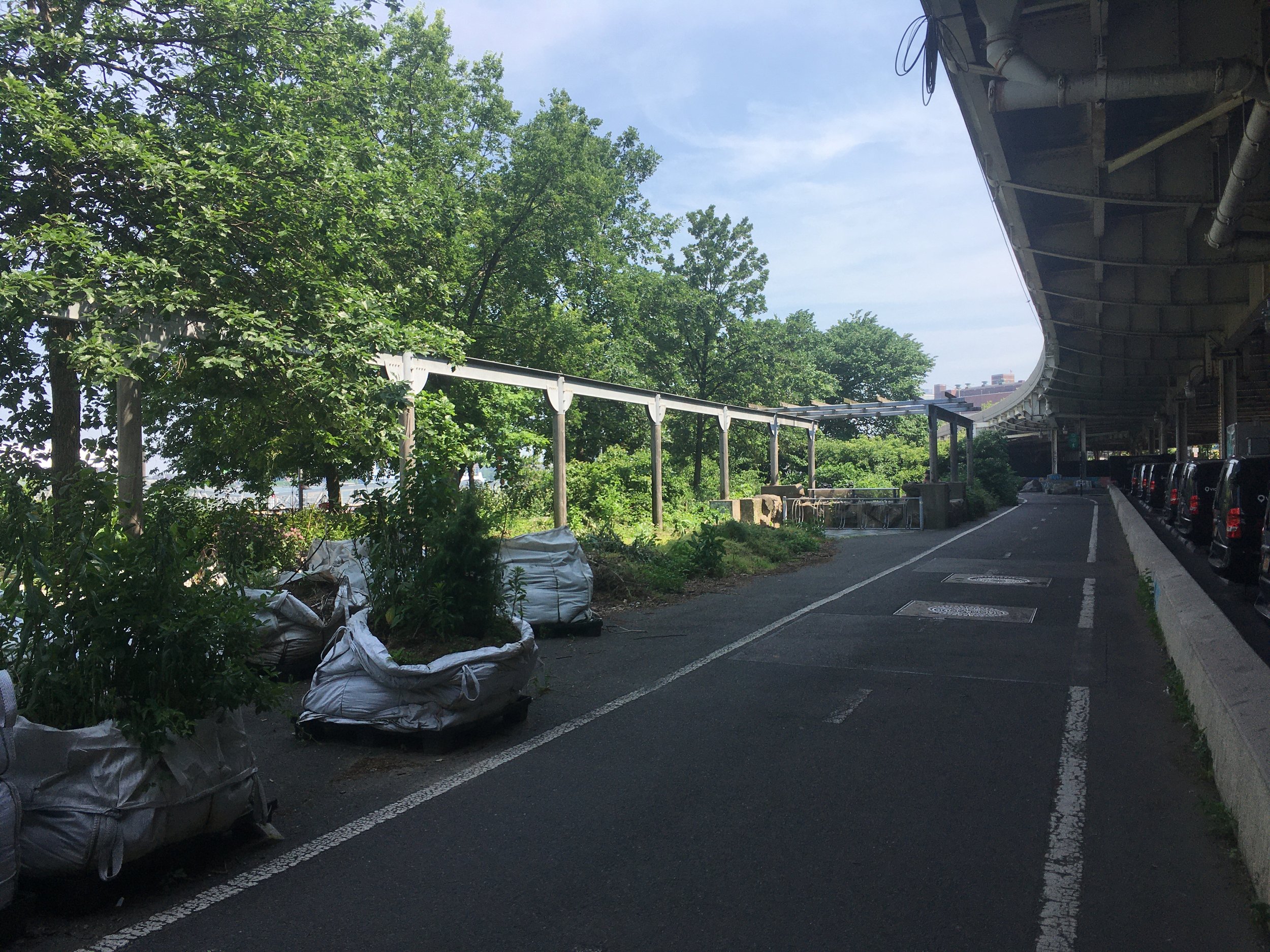East Side Coastal Resilience / East River Park ACTION NYC
https://eastriverparkaction.org/
MARCH 2022 UPDATE:
The park’s forced destruction began in December 2021, nearly 50% of the park is under deconstruction in the $1.5 billion coastal resilience project known as East Side Coastal Resilience.
Park protectors continue to show up to protect all trees that are slated for egregious destruction.
***
In January 2019, the New York City government decided to replace a community-developed coastal resilience plan for the Lower East Side of Manhattan for a new plan that was deemed more “constructable,” but would destroy 1,000 trees and bring in 750,000 tons of landfill to elevate 44 acres by 8 feet in the process. The plan it replaced would take a more ecologically-sensitive approach, creating a berm that would contain flood waters inside of the park, preventing them from flooding the neighborhood. The City took the philosophy of transforming the entire park into a flood wall.
Along with dozens of other ecologically-minded people from the neighborhood, I protested the new plan, first by petitioning the local Councilmember to vote no for the land use approval process in 2019. When she voted to approve the land use, in 2020, I supported the newly-formed 501(c)3 East River Park ACTION in its quest to sue the City to require State-level Alienation Legislation (which argued that turning the park into a flood wall is a “non-park purpose,” thus requiring State-level approval), by working to answer the fundamental question:
“The park is only valued by the cost of constructing a new park, leaving a $0 value of the existing park, and all of its ecosystem services. How much is the park worth?”
The results of my work were published in an Op-Ed where I argued that the East Side Coastal Resilience Project needs a design requirement that the existing ecosystem not be destroyed. In the process of calculating the value of the park, I found that the value to public health of the park was by far the biggest value, seconded only by the incalculable value of putting an at-risk species further at risk by eliminating its habitat.
In December 2021, the City began demolishing East River Park, despite dozens of protests attended by hundreds of people urging the City not to “destroy the park to save it.”
Here are some photos I took in summary of 2020, in service of creating a “Citizens Map” of the park, making clear the biological diversity and vibrancy of this park, the largest park in Manhattan south of Central Park, and one that, in fact, did protect the Lower East Side from flooding during Hurricane Sandy, and was not “dying,” as incorrectly stated by the City’s lawyer in the New York State Court of Appeals.














